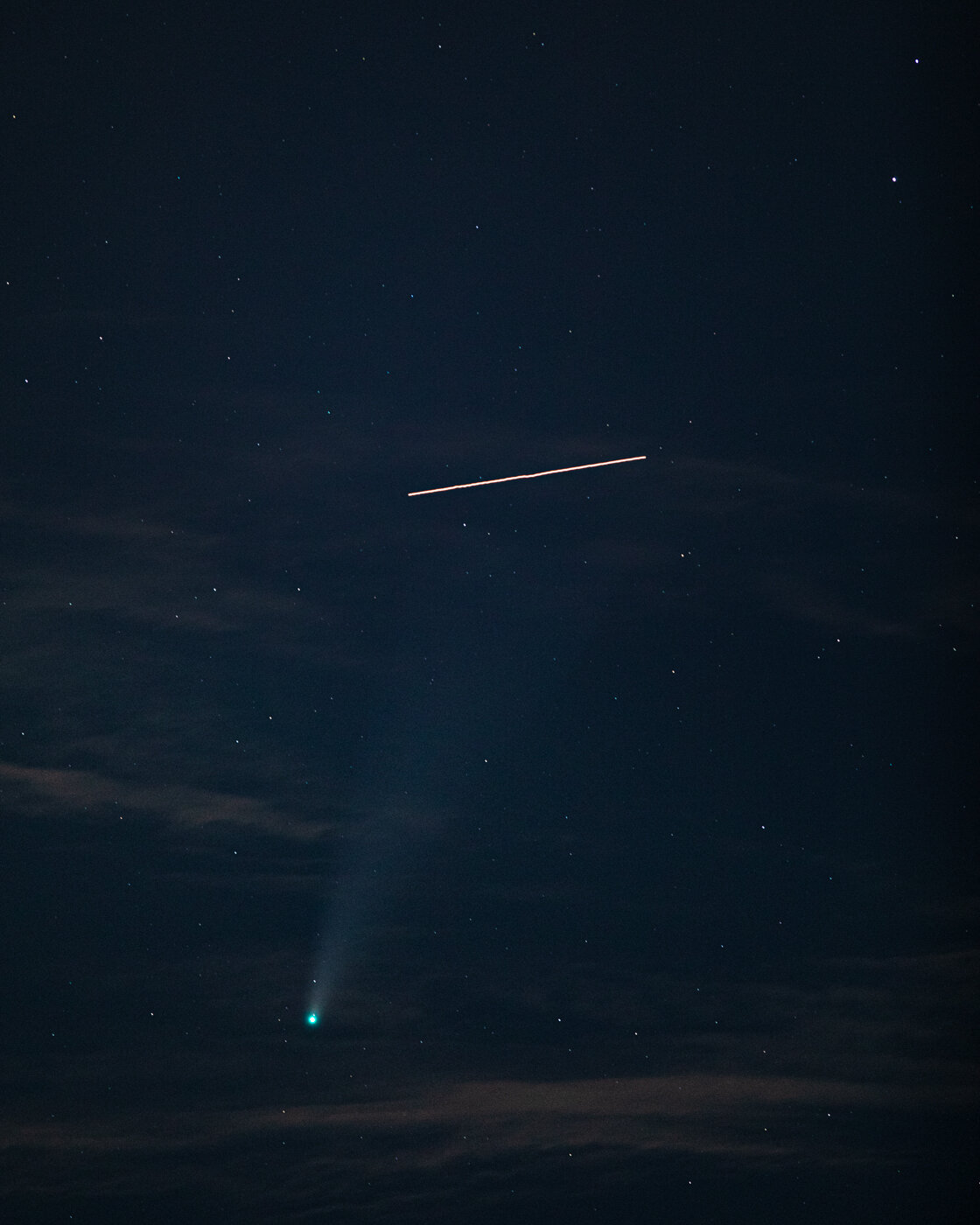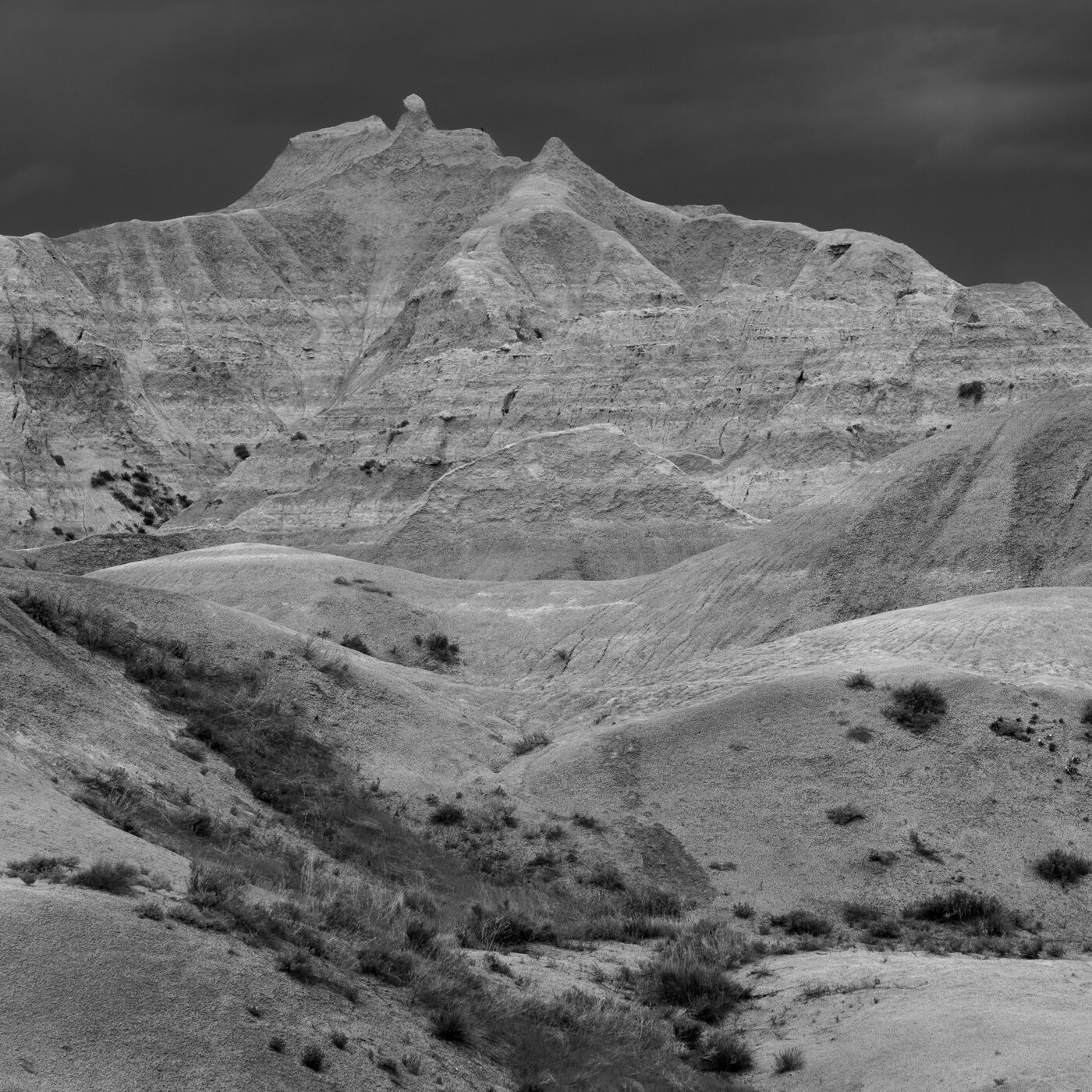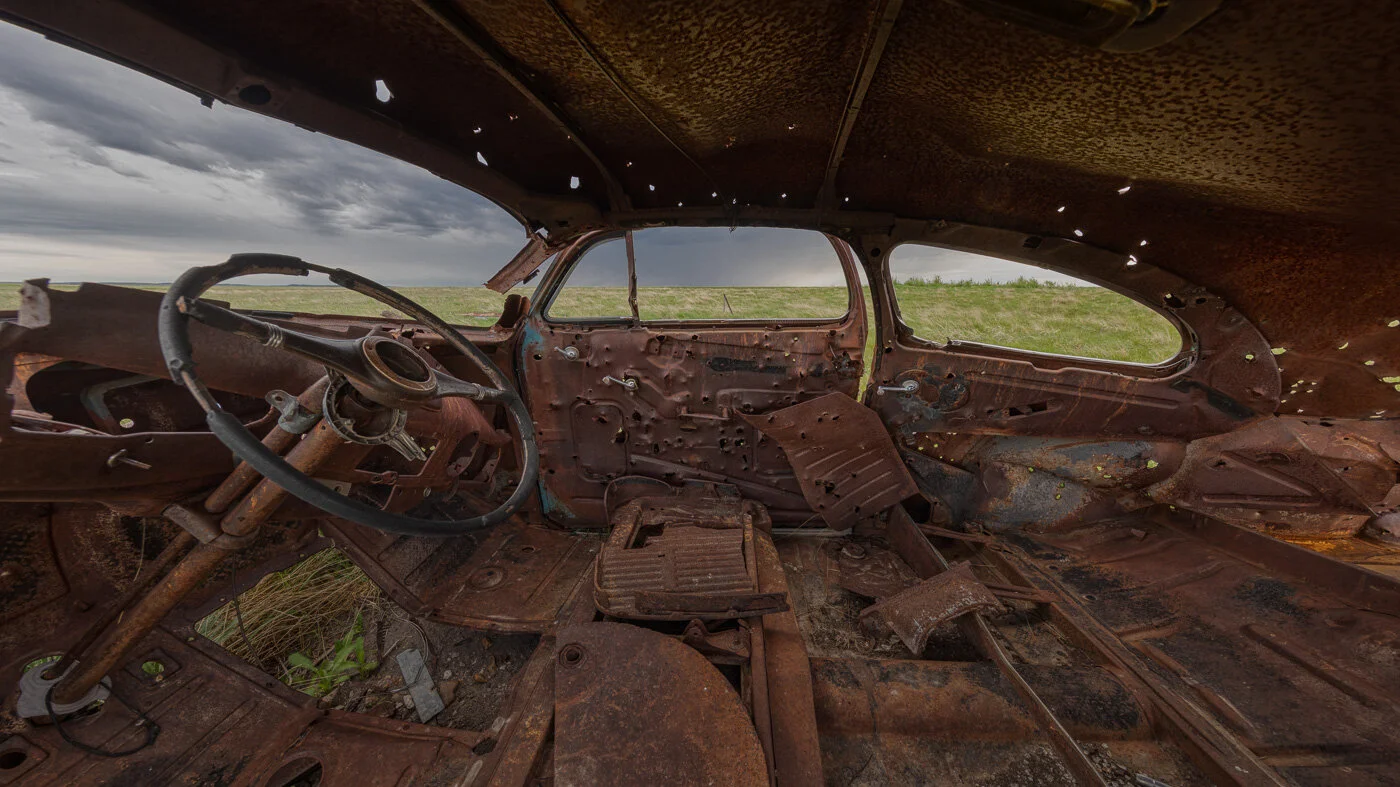Much in photography, as in so much else, depends on luck as well as planning. We returned to Indiana Dunes National Park this week for a walk on the beach now that we knew it opened at 8 o’clock. We left early to walk on the Tolleston Dunes trail again. All the red leaves I thought might be early signs of fall were likely just stressed plants from the dry weather. They had all faded to a dull orange or brown, and the ferns turning yellow had mostly dried to brown. Last week had stumbled upon a short display of vibrant red, which was now gone. Yet those ferns provided some lovely color in the wooded dunes.
Tolleston Dunes ferns
August had less than an inch of rain, but the night before had finally brought a little, and a light fog was in the woods. There was still cloud cover from the rain. As the clouds began to clear, some light came into the woods.
Morning light
Then the sun warmed the wet plants and ground, and it began to get a bit steamy.
On the trail
Then more luck, fortune, or accident came to the photography again. The sunlight was backlighting the water drops on grasses alongside the trail. I made a few images, which is a bit challenging when shooting into the sunlight, but realized the problem focusing was because water had fallen on the lens. But the accidental results were worth it.
The chain of accident and fortune continued. I hadn’t taken a lens wipe with me, and now it was covered with water. Then I realized it wasn’t the lens that was wet, but the polarizer filter over the lens, so I just took it off and continued shooting. Then I was having trouble focusing again, and looked at my steamed up lens. The glass under the filter had been cooler, and now was fogging in the warm, moist air. And the images showed.
Time to get to the car, dry off, and head to the beach.
West Beach
I have no idea if Chance had ever been to a beach. He’s not terribly interested in water, so I didn’t know if the lake would appeal to him. But the lake looked inviting.
Well, he loved the beach, and then jumped in the waves, and buried his nose in the sand. And sat down to view his domain.
National Parks can hold some magic. We’ll just leaf it at that.






























































































































































